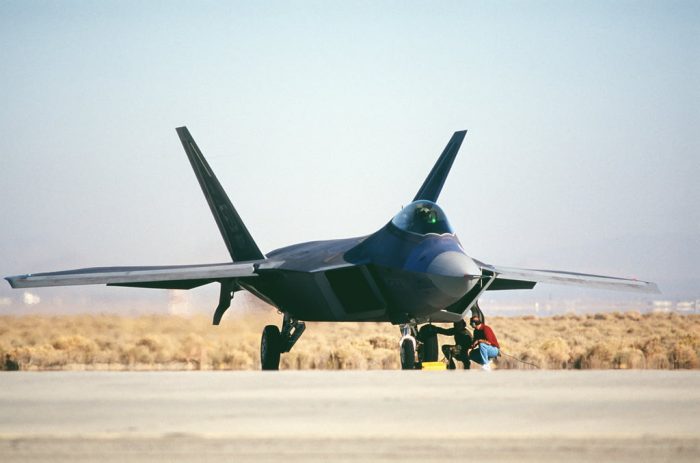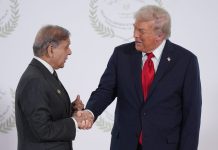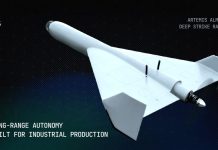A senior US Air Force officer has questioned the utility of the American F-35A stealth fighters against the adversary in a hypothetical US military raid in response to a Chinese invasion of Taiwan.
His remarks come at an interesting point when the feasibility of the whole Joint Strike Fighter program is being scrutinized by the US, including Congress members.
In February, the US Air Force’s Chief of Staff Gen. CQ Brown floated the idea of developing a less expensive non-stealthy advanced fourth-generation fighter jet to replace the service’s oldest F-16s in service instead of replacing them with the F-35s.
This put a direct question mark over the Joint Strike Fighter program, by far the world’s most expensive weapons platform.
The current operating cost of the F-35 is $36,000 per hour, and it has a projected lifetime cost of $1.7 trillion — an investment which no top official would like to go in vain.
The latest remarks against the F-35 were made by Air Force Lieutenant General Clint Hinote, the service’s Deputy Chief of Staff for Strategy, Integration, and Requirements.
In an interview with Defense News, he said – that “we wouldn’t even play the current version of the F-35. It wouldn’t be worth it. … Every fighter that rolls off the line today is a fighter that we wouldn’t even bother putting into these scenarios.”

These comments were made in the light of the US Air Force’s war games simulating a US air raid in response to the Chinese PLA’s invasion of Taiwan.
Defense News described the war games as a “pyrrhic victory” for the US Air Force, while earlier such simulations carried out in 2018 and 2019 resulted in “disastrous” failures.
However, this made the service more aware of its shortcomings and plan its future operations accordingly, refining its tactics and operational deployments.
The recent “pyrrhic” victory involved the F-35s, as one of the mainstay fighters of the force which were used as strike platforms against Chinese surface vessels and ground targets, and protecting American and Taiwanese assets from PLA aircraft, and also providing cruise missile defense.
However, the major catch is that the exercise involved various futuristic weapons systems, which are still in development or are in the initial stages of development.
For example, the F-35s were complementing three other types of aircraft, which are the NGAD, the F-15EX (aka Eagle II), and a hypothetical fourth-generation light tactical fighter for homeland and base defense.
This aircraft, according to Defense News, aligns with Brown’s idea of a “fourth-generation plus” fighter to replace the aging F-16s- and this aircraft doesn’t even exist in the service’s future plans.
Along these lines, it is also equally important to understand that the F-35s used by the service in this exercise were again the hypothetical Block 4 models, not the current production ones.
The current initial generation of F-35s wasn’t even considered to be employed in the combat zones by the Air Force despite being called the primary workhorse, in part due to F-35’s shortcomings to traverse long distances of the Pacific without tanker support.
Follow EurAsian Times on Google News




